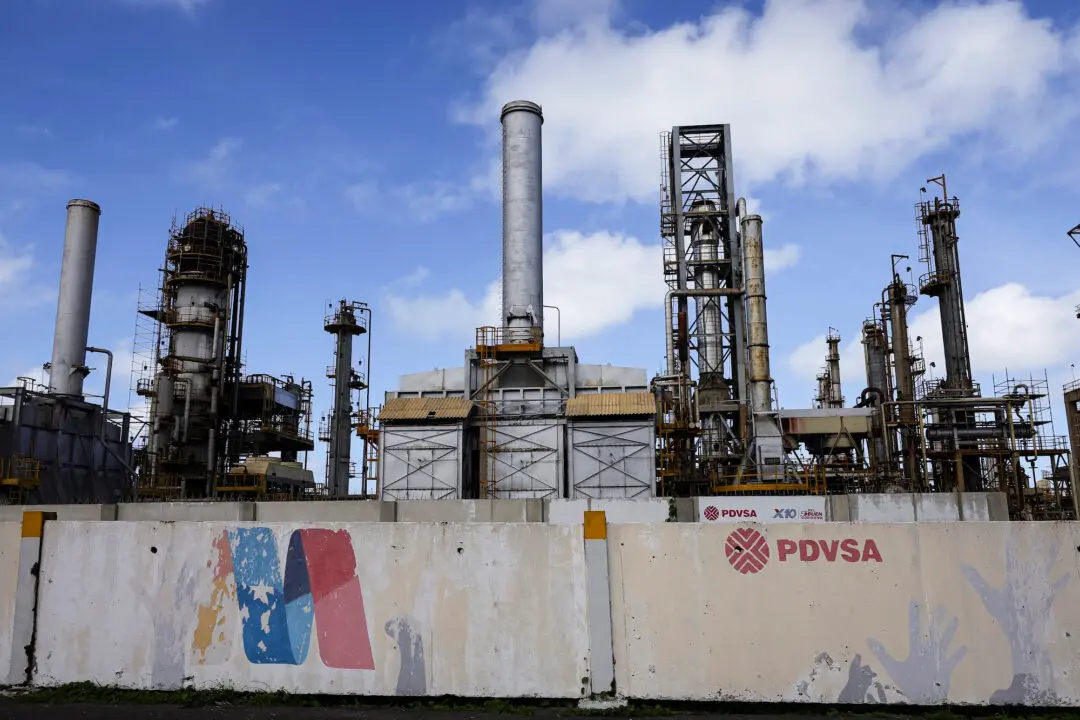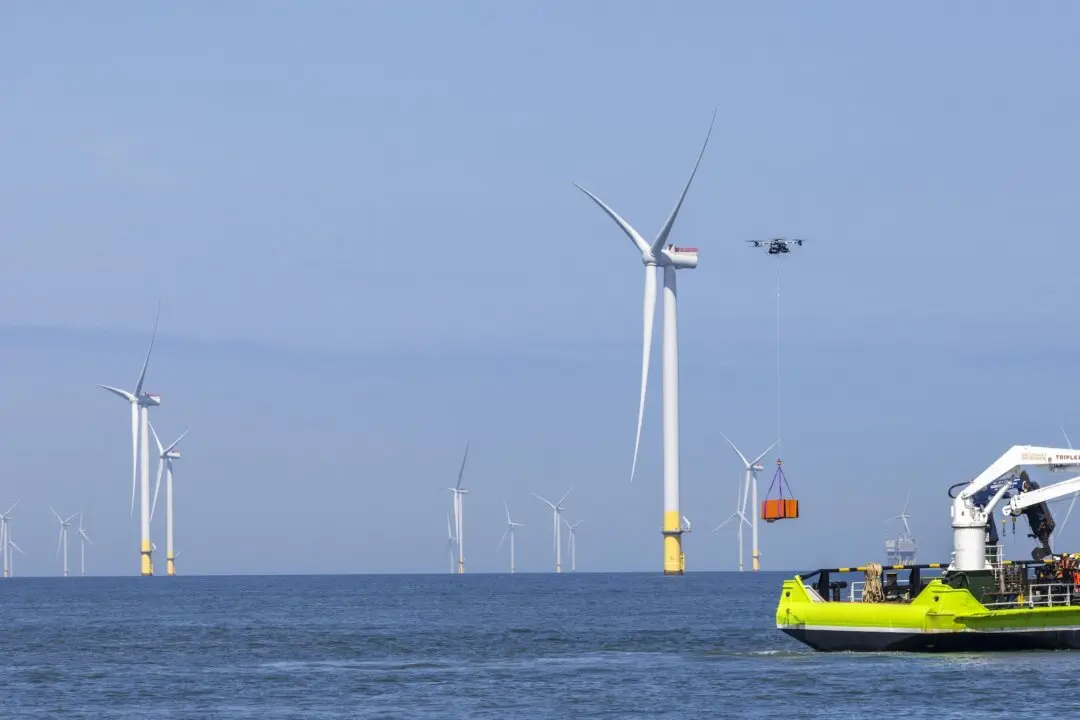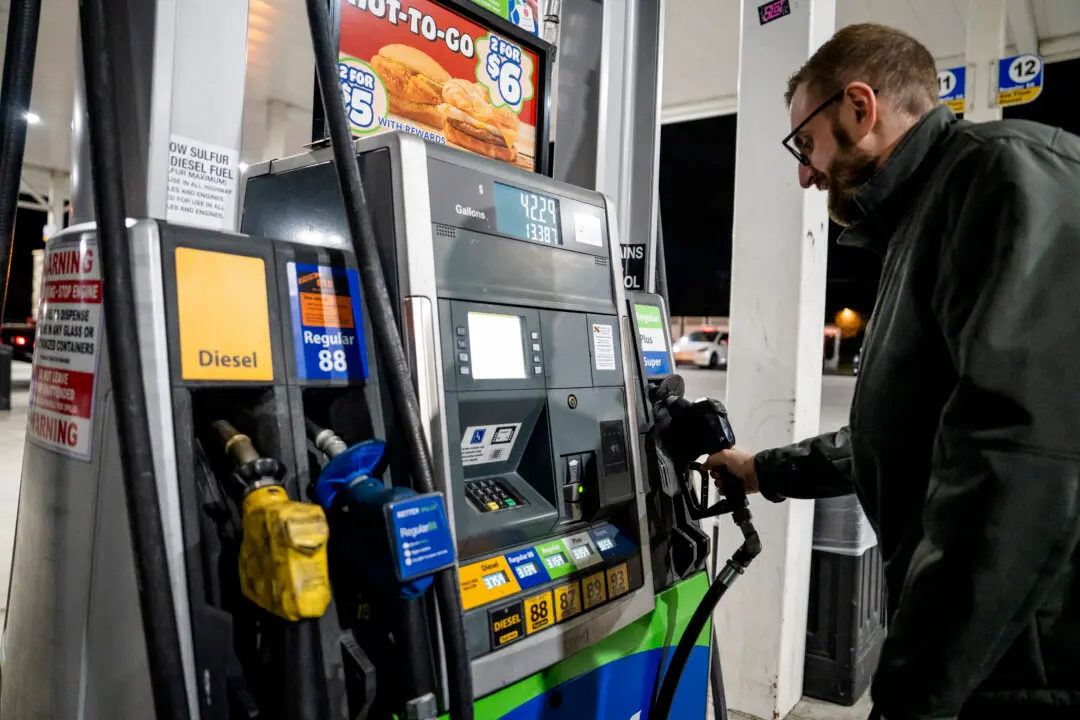The pace of consumer price inflation fell in August to its lowest monthly level since February, though the 12-month rate of inflation remained historically high, a new government report shows.
The consumer price index (CPI) rose 0.3 percent in August from July, the Labor Department said in a Sept. 14 report, with consensus forecasts predicting a slightly higher 0.4 percent rate of monthly inflation. This is a slower pace of consumer price hikes than the 0.5 percent rate in July and the 0.9 percent in June, with the latter marking the highest monthly spike in the measure since 2008.





